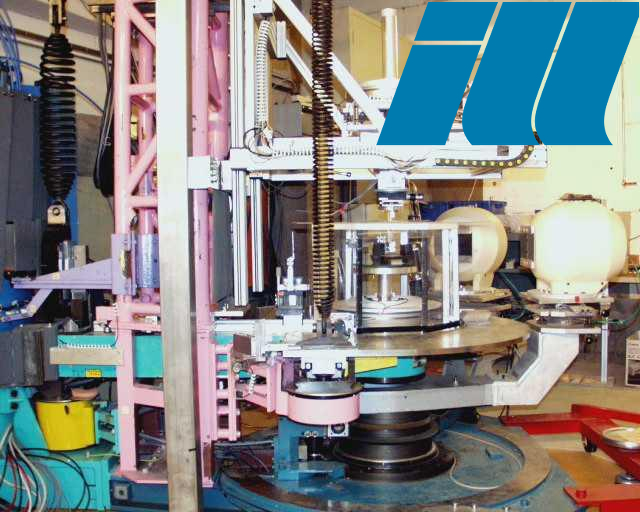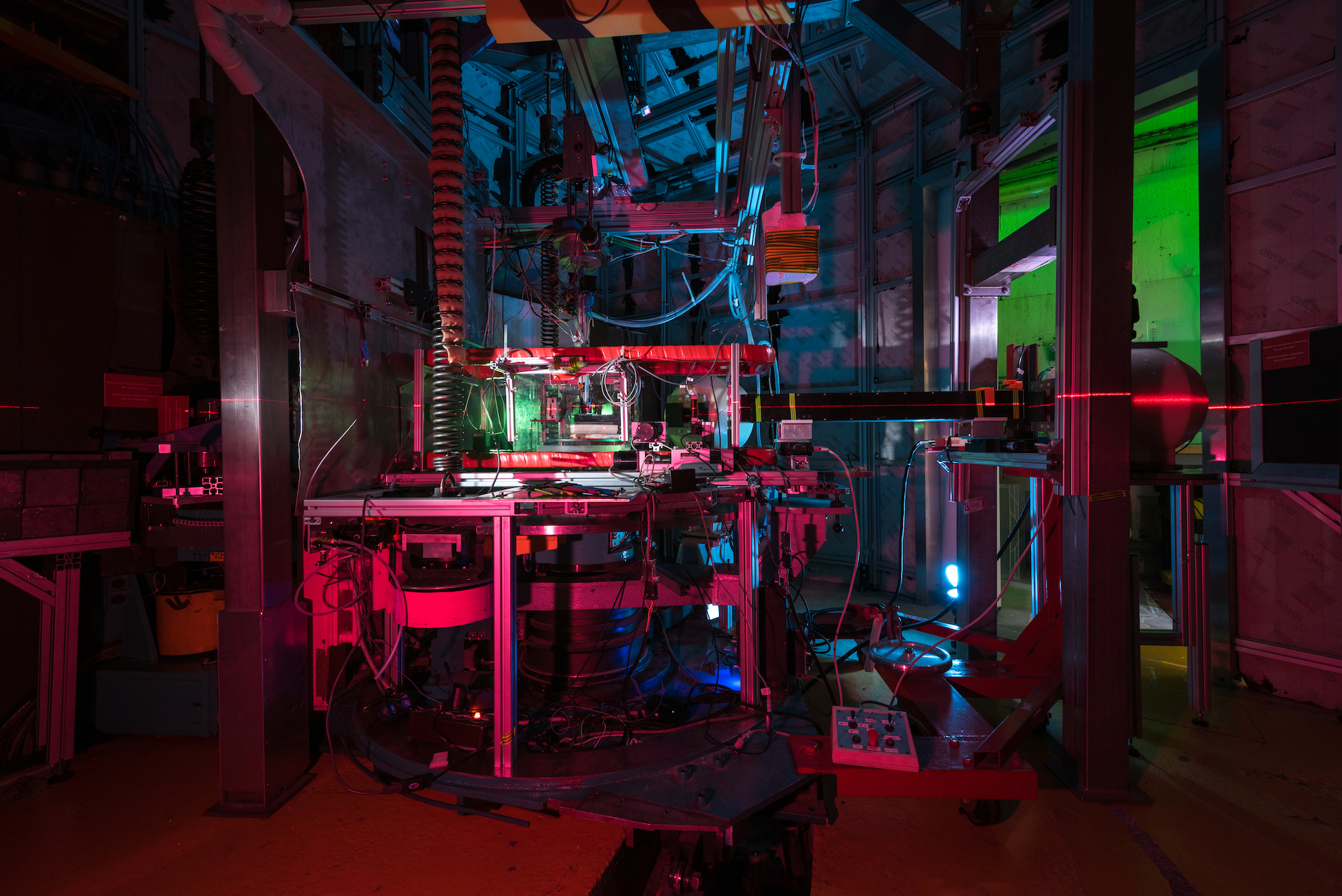
S18 – ILL, Grenoble
November 14, 2016 12:34 pmThe CRG B instrument S18, at the high-flux (60 MW) reactor of the Institut Laue-Langevin (ILL) in Grenoble, France, started operation in the year 1978 as a perfect crystal thermal neutron interferometer station. Since 1998 the S18 is a combined instrument, which can, in addition the neutron interferometry, also be configured as a high resolution Bonse Hart camera, usually referred to as Ultra Small Angle Scattering (USANS).

Copyright ©2019 Laurent Thion, ILL

Typical applications of neutron interferometry range from measurements of basic quantum physics laws, e.g. testing gravity, measurements of the of neutron-nuclei scattering lengths, dephasing and depolarisation experiments to fundamental test of quantum contextuality and entanglement in single particle systems.

click here, or on the picture above for more images of the instrument
Instrument details: The monochromator system, consisting of a triple reflex from a silicon channel-cut perfect crystal, as well as a silicon bloc perfect crystal, offeres Bragg angles between 20 and 55 deg, which corresponds to a wavelength range from 1.6 to 2.9 Å. The system is operated by a piezo drive, which has an accuracy of 0.036 seconds of arc. The defracted beam, coming from the supermirror guide H25, has a intensity of roughly at the monochromator position. The outgoing neutron beam has wavelength spread = 2.4 % (FWHM) and a beam cross section is of 2×4 cm. The entire setup uses a highly vibration isolated optical bench equipped with a system of springs and oil dampers. The remaining acceleration from vibrations is less than . These vibration isolation and temperature stabilizing systems are a necessity for interferometer experiments.

Upgrade 2015/16: From fall 2015 till spring 2016 the S18 was upgraded in terms of an active temperature control system. The new system offers a stability of +/-0,05K (after a short waiting time). This huge progress is achieved by installing a second (isolated) inner measurement chamber, equipped with an active temperature control. In addition, a new beam block, covering the entire angle range of the instrument has been installed.

Contact: S18@neutroninterferometry.com